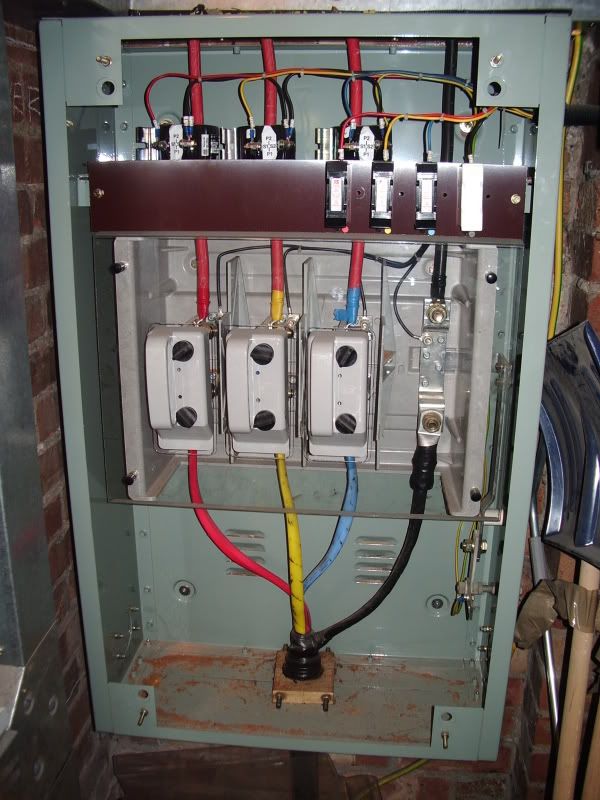I am going for a job interview "CT meter fitter" (already fit meters) and wondered if anybody here has installed whole current CT's on commercial premises.
I know the basics of working out the ratio's but confused about the installation wiring schematics on live systems?
I would get training but want to impress at the interview!
Cheers
I know the basics of working out the ratio's but confused about the installation wiring schematics on live systems?
I would get training but want to impress at the interview!
Cheers



